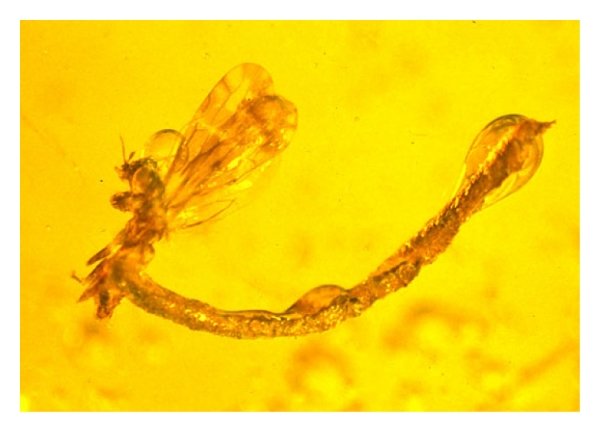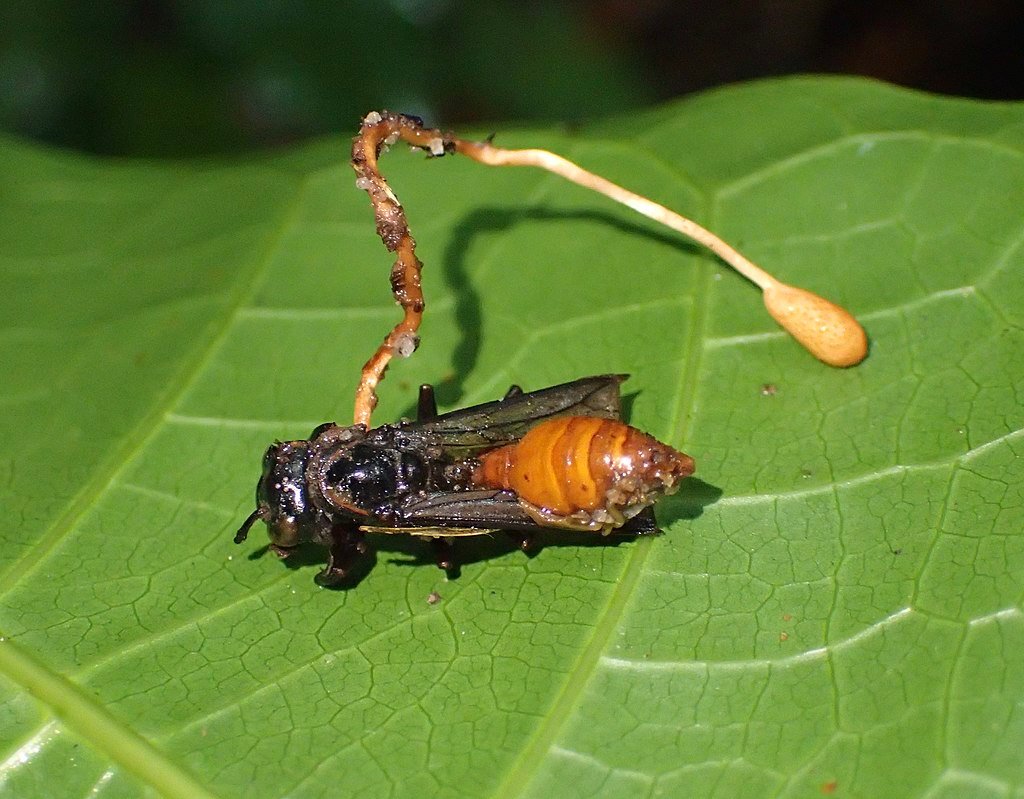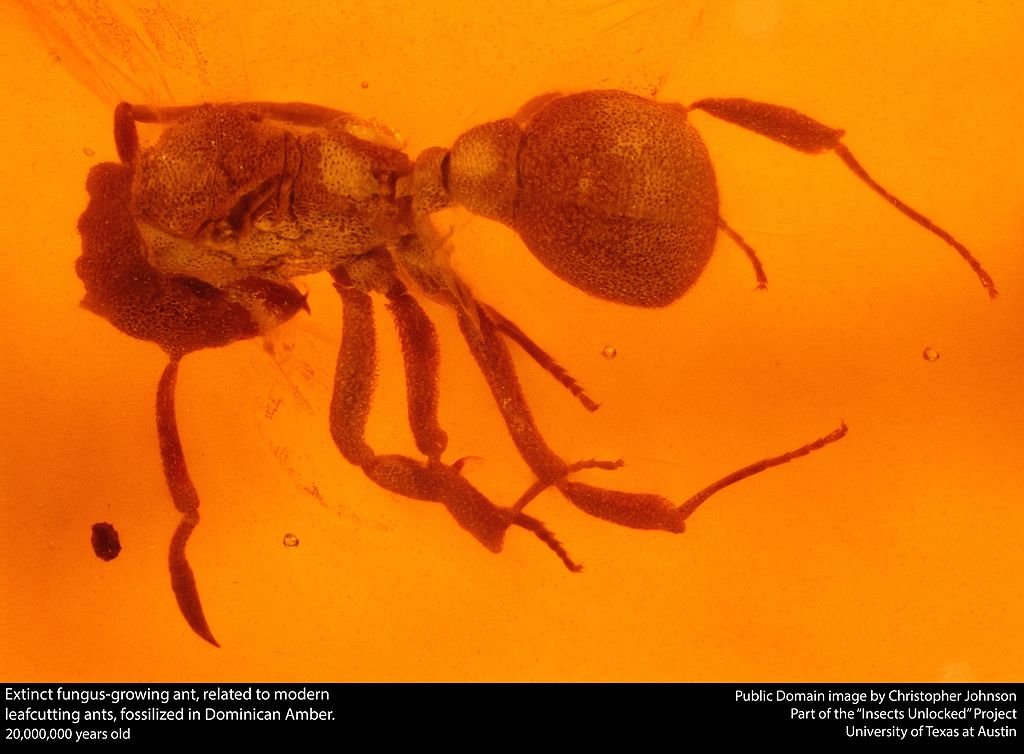A remarkable discovery from mid-Cretaceous amber has pushed back the evolutionary timeline of one of nature’s most bizarre parasitic relationships: the infamous “zombie-ant” fungi. Researchers from the Chinese Academy of Sciences have identified fossilized fungi infecting insects in 99-million-year-old amber, offering the oldest direct evidence of entomopathogenic fungi manipulating their hosts.
Fossilized Mind Control

The study, published in Proceedings of the Royal Society B, describes two new fungal species—Paleoophiocordyceps ironomyiae—preserved in amber from Myanmar. One specimen shows fungal stalks erupting from an ant pupa, while the other features a grotesque fruiting body emerging from a fly’s head. These fossils suggest that the behavioral manipulation seen in modern Ophiocordyceps fungi—where infected ants are compelled to climb vegetation before dying—was already evolving during the age of dinosaurs.
A 133-Million-Year-Legacy

Genetic comparisons with modern Ophiocordyceps species indicate that these fungi likely originated around 133 million years ago. The fossils show that early host shifts were already occurring, with fungi adapting to infect different insect groups. This evolutionary flexibility may have helped them become the widespread and specialized parasites we see today.
Why It Matters
These findings offer a rare glimpse into ancient parasitism and behavioral manipulation. Because fungi have soft bodies that rarely fossilize, such discoveries are exceptionally rare. The amber specimens not only preserve the fungi but also capture the moment of infection, providing a vivid snapshot of prehistoric ecological interactions.
Conclusion

The ancient origins of zombie-ant fungi showcase parasitism not as a modern innovation but as a deep and gruesome thread woven into the evolutionary tapestry. Long before mammals rose to dominance, fungi were already commandeering insect bodies to complete their life cycles. Insects and fungi have coevolved through tens of millions of years, and these amber-encased scenes are a vivid reminder that behavioral manipulation is no recent adaptation—it’s a macabre masterpiece perfected in the shadow of dinosaurs.
Source:




